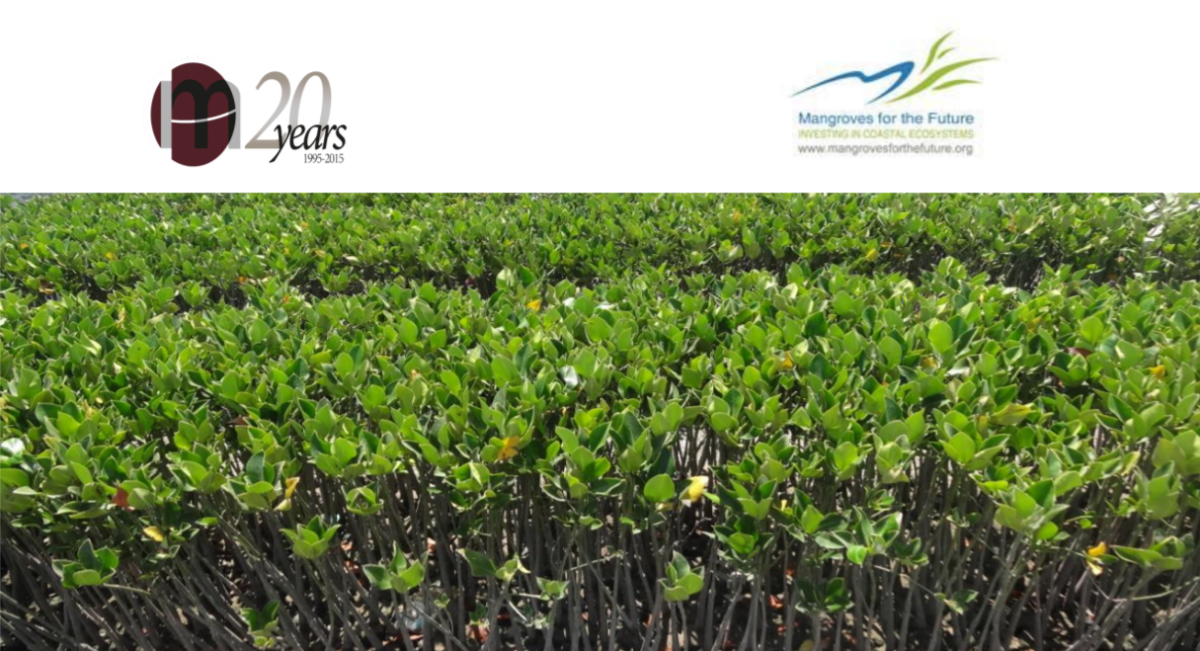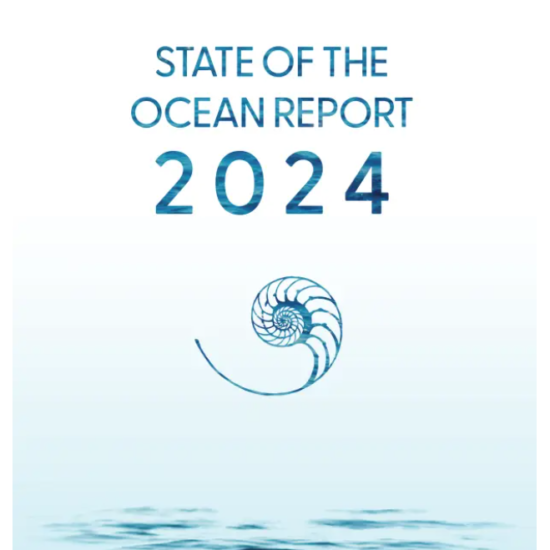
Mangroves are well known for their high biological productivity and their consequent
importance to the nutrient budget of adjacent coastal waters. They export organic matter,
mainly in detritus form (leaf litter) to the marine environment, thus providing a highly
nutritious food source for themselves and for animals found in the mangrove areas, as well
as for those in neighboring estuarine and marine ecosystems. Coastal communities benefits
in a multitude of ways from Mangrove ecosystems. Collectively, these ecological functions
are known as ecosystem services. Ecosystem services are regularly involved in the
provisioning of food and services and the decomposition of organic wastes that supports
the growth of mangroves and aquatic life.
We have focused on direct as well as indirect benefits of mangrove ecosystems. Direct uses
of mangrove are fisheries, timber, fuel-wood, fodder, construction and tourism situated in
Indus delta (PQA). In this regard, this study employs the market price method which is the
most obvious way of measuring economic value of nature if one has only information about
how much fish, crop, livestock, wood etc (direct use in short) can be obtained from the
natural habitat. We have used 4% population growth rate (generally the rural/poverty areas
having higher population growth as compare to national average) for our estimates.
According to our estimates, Ibrahim Hyderi is the most populous area and Laat Basti has the
least population. While the total population estimates of our study area are 2,076,606. The
average household size is 12.
READ MORE HERE!





